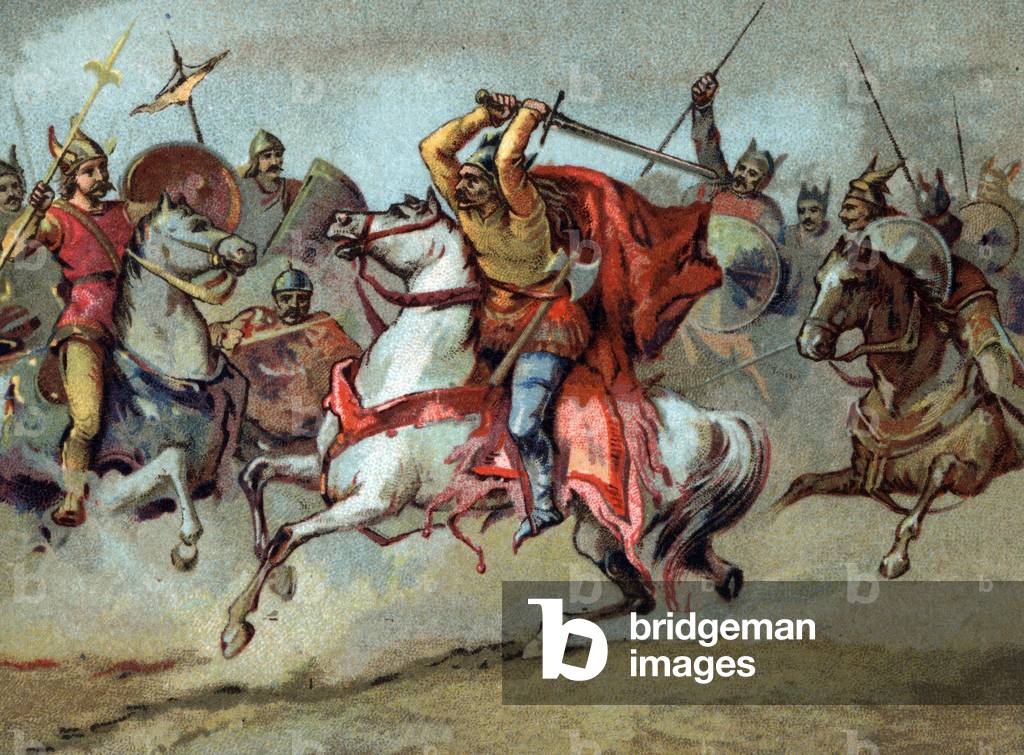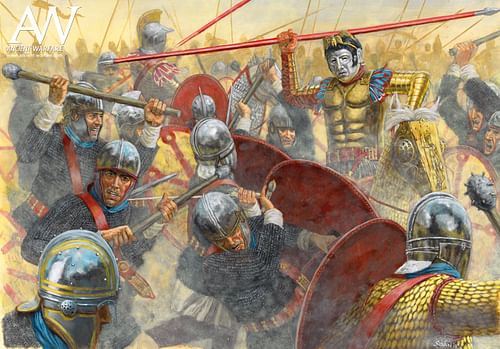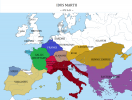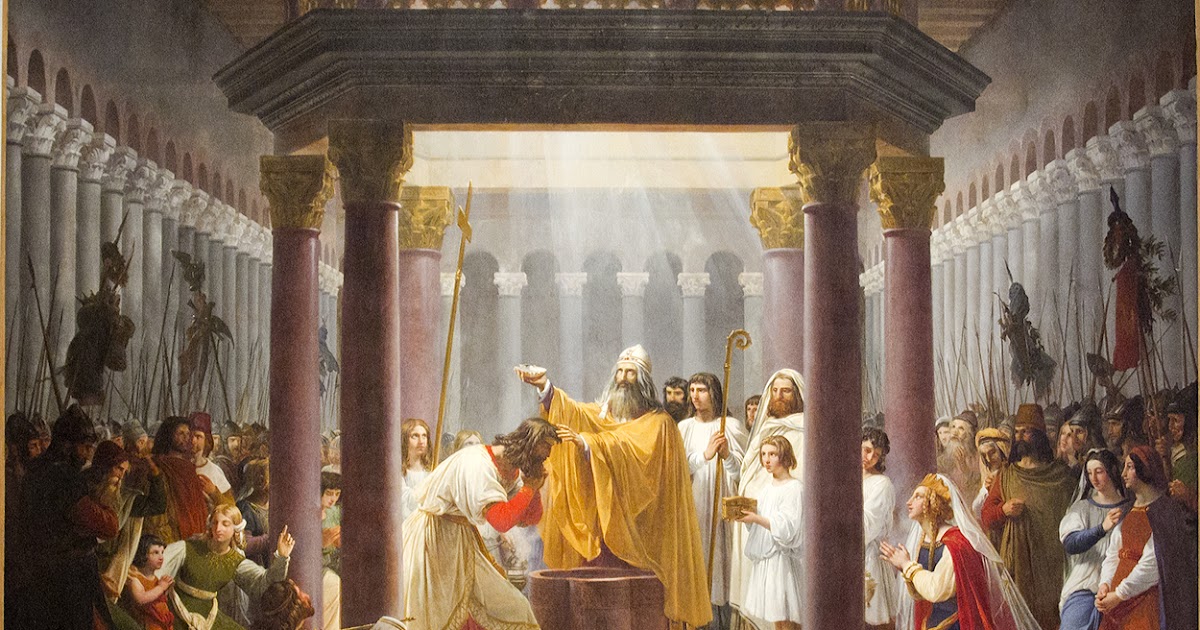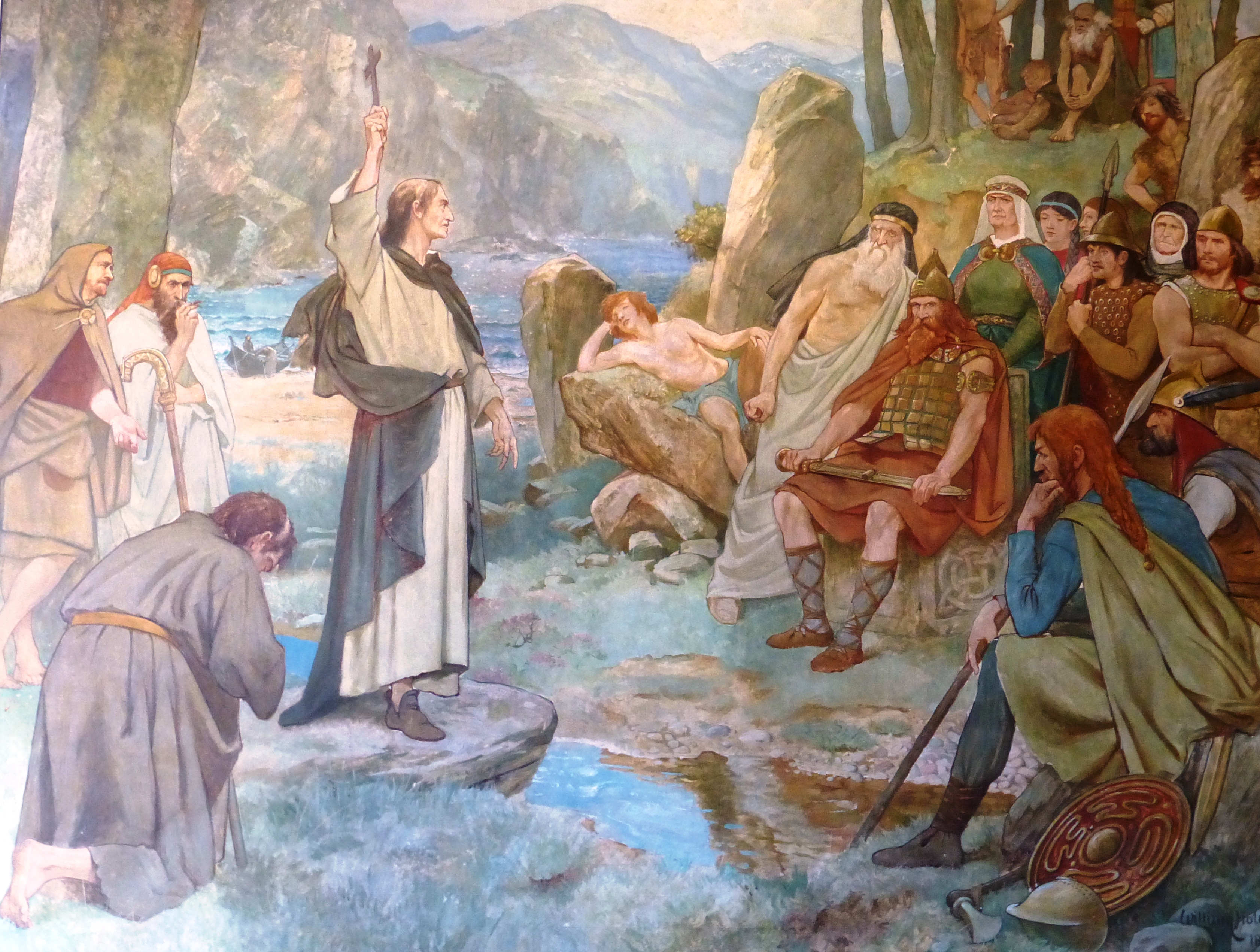Introduction
Oescus, Moesia Inferior
468 AD

Dengizich, son of Attila.
Oescus, Moesia Inferior
468 AD
Dengizich, son of Attila.
After the disastrous incursion over Roman Thrace, Dengizich, son of Attila, decided to stop the aggressions and agreed to make negotiations with the Eastern Roman magister militum Anagastes. The conversations took place at the ancient city of Oescus, located south of the Danube, and lasted several hours. They sat near the ruins of the civil Basilica of Oescus, and they looked at each other with tension on their faces. Dintzic started saying his claims, one of them was a tribute of 500 pounds of gold per year, but Anagast rejected that annoyed. Some minutes after, Ernak, the brother of Dengizich, assisted the mission.
"Pay me the taxes, and give me the lands I asked before I will leave you and your people alone," Dengizich claimed with an intimidating voice.
"No, nobody will pay you that, but we would not enter any alliances with your enemies. Also, you will only receive the cities of Troesmis and Aegyssos," Anagastes declared, notably irritated...
The Hunnic diplomats (including Ernak) told Dengizich he should accept the Roman proposals, considering the Horde situation was not as good as it was three decades ago when his father was the fear of Europe.
Finally, both empires agreed, and in March of that year, signed the Treaty of Oescus. Dengizich got some land and started a good diplomatic relationship with Constantinople. It is a matter of time to see the Hunnic Horde recovering its old glory...
----------------
This is my first attempt at a TL at this site, so the POD is that Dengizich accepts to negotiate with Anagastes, and both agreed on good terms. I will try to be realistically plausible about the butterfly effects that my TL might cover. Suggestions are welcomed!"Pay me the taxes, and give me the lands I asked before I will leave you and your people alone," Dengizich claimed with an intimidating voice.
"No, nobody will pay you that, but we would not enter any alliances with your enemies. Also, you will only receive the cities of Troesmis and Aegyssos," Anagastes declared, notably irritated...
The Hunnic diplomats (including Ernak) told Dengizich he should accept the Roman proposals, considering the Horde situation was not as good as it was three decades ago when his father was the fear of Europe.
Finally, both empires agreed, and in March of that year, signed the Treaty of Oescus. Dengizich got some land and started a good diplomatic relationship with Constantinople. It is a matter of time to see the Hunnic Horde recovering its old glory...
----------------
Last edited:
